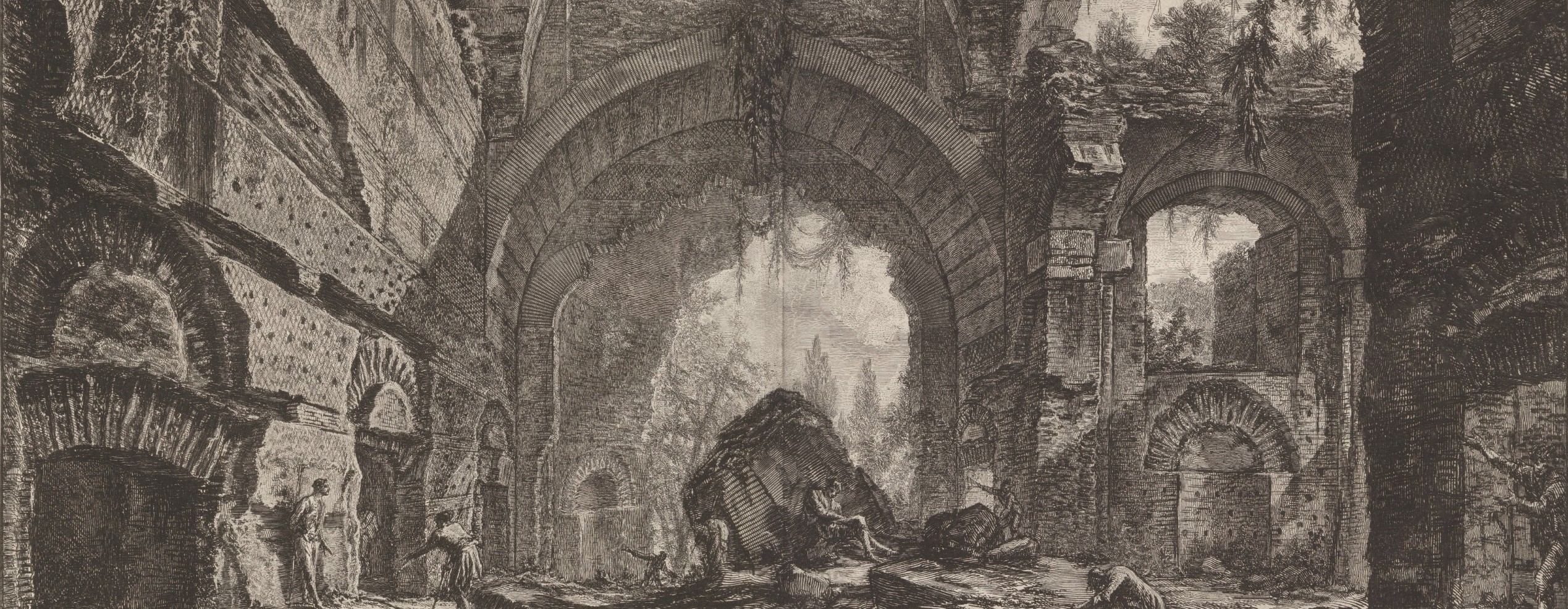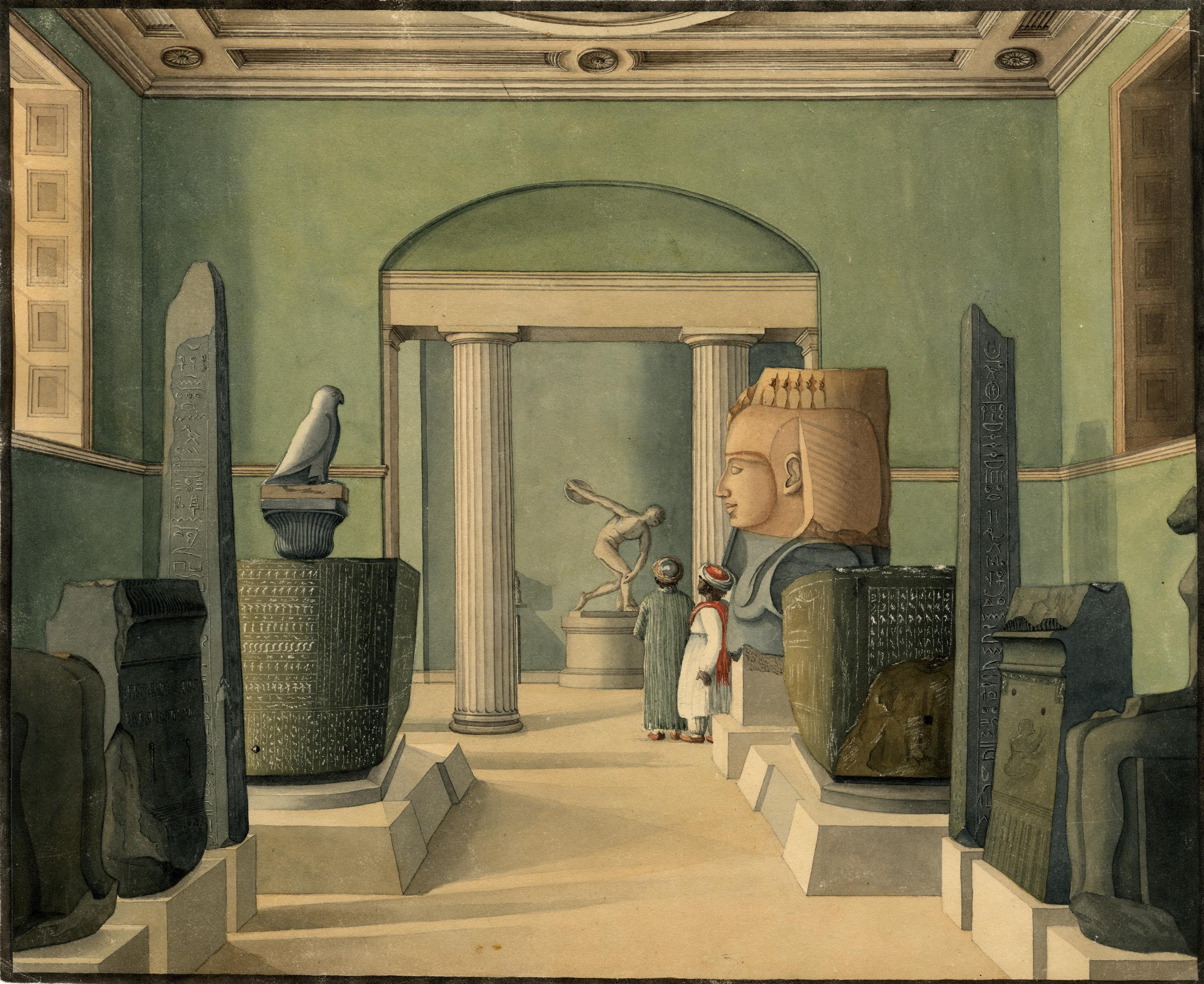Latest Exhibits
“The Sublime Dreams of Piranesi”: Imagination, Information, and Antiquity
CuratorsDate Published:DescriptionStudents and scholars of British Romanticism likely know the work of Giovanni Battista Piranesi (Italian, 1720-1778) through at least one of two lenses: the gaze of the grand tourists or the hallucinations of Thomas De Quincey’s English opium eater. His architectural studies of Rome’s scenic ruins, urban vistas, and archaeological marvels nourished the cultures of antiquarianism and tourism as well as the cults of the ruin and the Romantic artist. His Carceri d’invenzione, or “Imaginary Prisons,” constitutes a key series of critical prints that together suggest parallels between architectural and mental spaces that strain beyond reality, reach beyond received ideas of structure and even gesture, perhaps, to the human imagination itself.
Joseph Wilkinson’s Drawings from Select Views in Cumberland, Westmoreland, and Lancashire (1810)
Date Published:DescriptionAlthough enduring interest in Select Views in Cumberland, Westmoreland, and Lancashire (1810) has focused almost exclusively on Wordsworth’s anonymous letterpress, the volume’s fundamental raison d’être was the landscape art of the Rev. Joseph Wilkinson. As recounted in our introduction to Wordsworth's Guide to the Lakes, Wilkinson was an avid amateur artist with a particular passion for his native Lake District. In publishing Select Views, he fulfilled a fifteen-year dream of putting his sketches into wider circulation.
Inside Out: Representing the Romantic Museum
CuratorsDate Published:DescriptionThis exhibition examines how museum spaces were conceptualized and visually represented in two-dimensional media forms, drawing examples principally from metropolitan London. Many of the museums of the late eighteenth and early nineteenth century no longer exist. However, prints and paintings, often reproduced in gallery guides, periodicals, and ephemera, are valuable sources of information about the objects that they contained: from oddities and marvels to natural history specimens and revered artworks. Such images also document the arrangement of objects and the display strategies employed by collectors and museums, as well as the visual idioms—and aesthetic categories—they used to capture and ‘frame’ their interiors.



